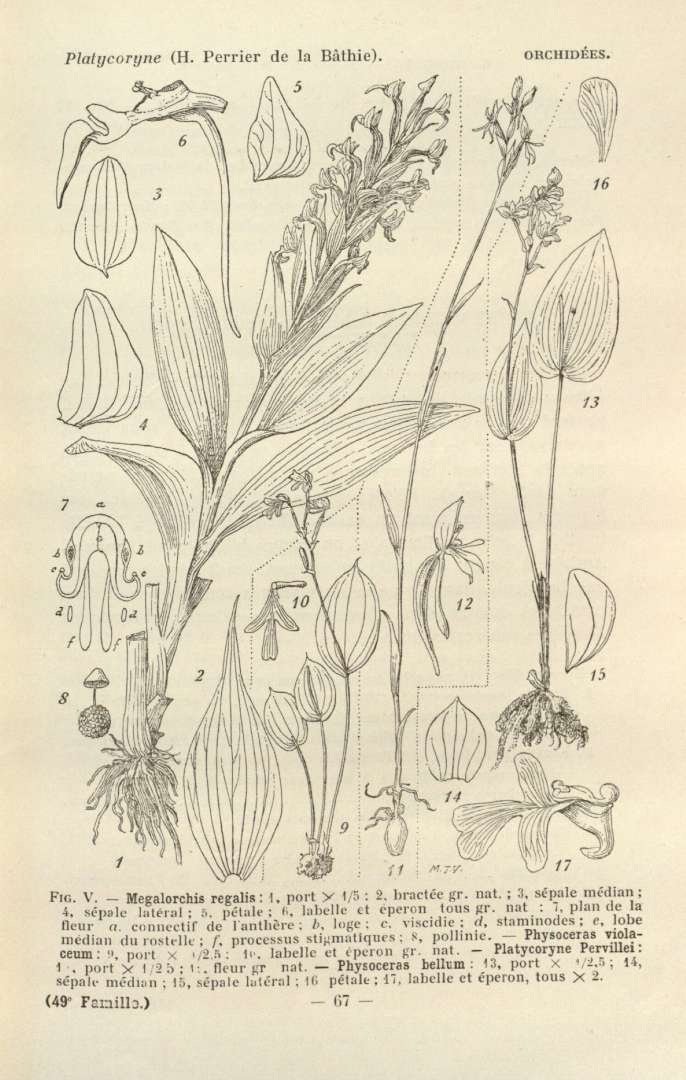|
Dioscorea Alatipes
''Dioscorea alatipes'' is a herbaceous vine in the genus '' Dioscorea''. It is indigenous to the Morondava Prefecture in Madagascar and is listed as an vulnerable on the IUCN Red List in 2017, having previously been listed as endangered in 2001. It has been confused with another ''Dioscorea'' species, ''D. bako'' which is a food source of the indigenous people of the region. D. alatipes is found growing in forested areas on sandy soils or on limestone substrate. This species is managed for human consumption as part of the SuLaMa Project. According to the IUCN, the species is threatened by overharvesting Overexploitation, also called overharvesting, refers to harvesting a renewable resource to the point of diminishing returns. Continued overexploitation can lead to the destruction of the resource, as it will be unable to replenish. The term app ... of the tubers as well as by the expansion of farmland in the area. References alatipes Taxa named by Joseph Marie Henry Alf ... [...More Info...] [...Related Items...] OR: [Wikipedia] [Google] [Baidu] |
Joseph Marie Henry Alfred Perrier De La Bâthie
Joseph Marie Henry Alfred Perrier de la Bâthie (11 August 1873 – 2 October 1958) was a French botanist who specialized in the plants of Madagascar. He is the nephew of Eugène Pierre Perrier de la Bâthie, (1825-1916), another botanist, who also collected plants with him. He delineated the two chief floristic provinces of Madagascar (''see'' Ecoregions of Madagascar). Some of his works include ''La végétation malgache'' (1921), ''Biogéographie de plantes de Madagascar'' (1936), and numerous volumes of the serie''Flore de Madagascar et des Comores''(1946-1952). Honours The orchid genus '' Neobathiea'' (originally ''Bathiea'') was named in his honor, as was the indriid lemur Perrier's sifaka (''Propithecus perrieri''). He has other plant genera named in his honour. Such as in 1905, botanist Lucien Désiré Joseph Courchet published ''Perriera'', a genus of flowering plants from Madagascar, belonging to the family Simaroubaceae. Then in 1915, botanist Hochr. published ''Pe ... [...More Info...] [...Related Items...] OR: [Wikipedia] [Google] [Baidu] |
Dioscorea
''Dioscorea'' is a genus of over 600 species of flowering plants in the family Dioscoreaceae, native throughout the tropical and warm temperate regions of the world. The vast majority of the species are tropical, with only a few species extending into temperate climates. It was named by the monk Charles Plumier after the ancient Greek physician and botanist Dioscorides. Description Wild Yam (''Dioscorea'') is a vine that is invasive, deciduous, and herbaceous. This species is native to Asia, though, in the U.S., it is commonly found in Florida. They can grow over in length. Wild yams are an important crop, as they have been used to prevent menstrual cramps, stomach cramps, and general pain for centuries. During the 1950s scientists found that the roots of wild yams contained diosgenin which is a plant-based estrogen; diosgenin is hypothesized to aid in chemical defense against herbivores. This was used to create the first birth control pills during the 60s. In addition, some '' ... [...More Info...] [...Related Items...] OR: [Wikipedia] [Google] [Baidu] |
Overharvesting
Overexploitation, also called overharvesting, refers to harvesting a renewable resource to the point of diminishing returns. Continued overexploitation can lead to the destruction of the resource, as it will be unable to replenish. The term applies to natural resources such as Aquifer, water aquifers, Pasture, grazing pastures and forests, wild medicinal plants, fish stocks and other wildlife. In ecology, overexploitation describes one of the five main activities threatening global biodiversity. Ecologists use the term to describe populations that are harvested at an unsustainable rate, given their natural rates of mortality and capacities for reproduction. This can result in extinction at the population level and even extinction of whole species. In conservation biology, the term is usually used in the context of human economic activity that involves the taking of biological resources, or organisms, in larger numbers than their populations can withstand. The term is also used ... [...More Info...] [...Related Items...] OR: [Wikipedia] [Google] [Baidu] |

